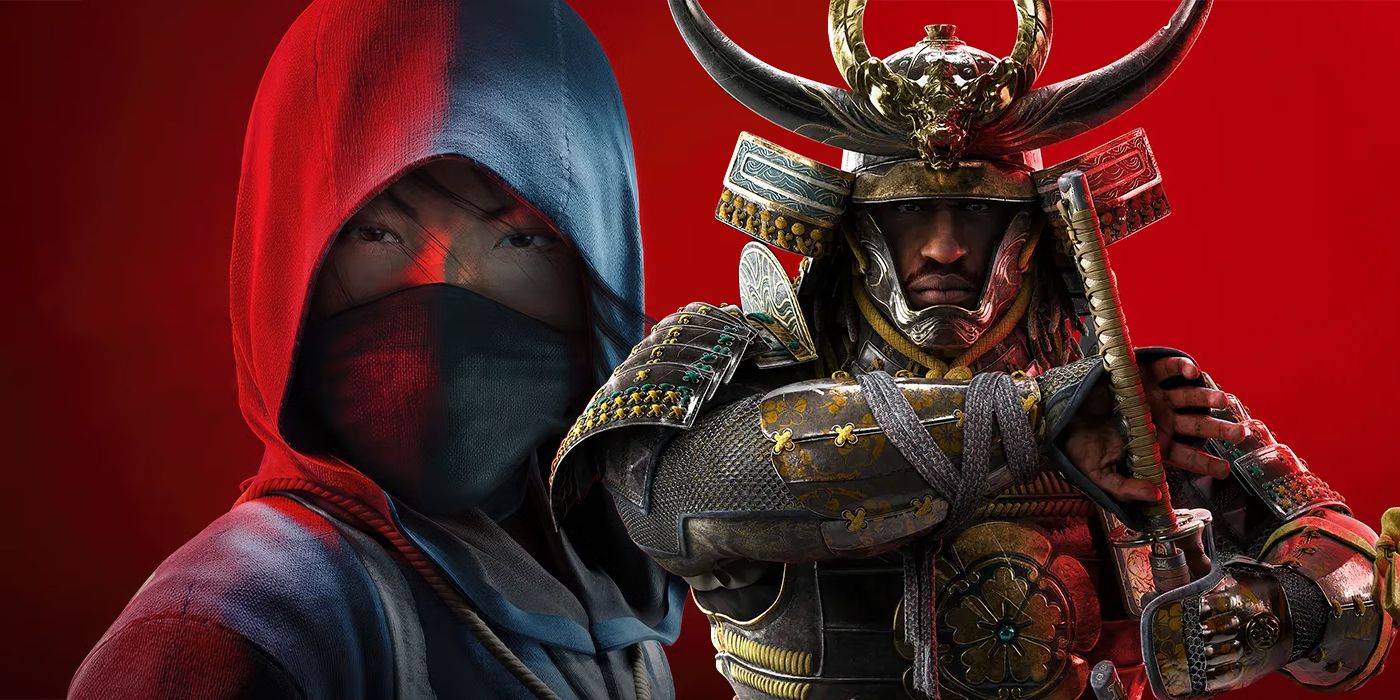
Perhaps it’s because Assassin’s Creed Shadows again takes the franchise in an alternative direction. Maybe it’s because the game doesn’t quite boast the quality that earlier Assassin’s Creed outings were known for. Or maybe it’s the choice of protagonists that has altered the trajectory of this title. What’s fascinating about this game is that, arguably, its greatest feature is also an area of downfall. It’s difficult to see how advantages can also become disadvantages, but in this particular case, it’s clear as day. Assassin’s Creed Shadows’ developers made a bold choice concerning its duo of playable characters. Whether that risk really pays off will likely be judged on the title’s long-term performance.
Assassin’s Creed Shadows Goes All In On Its Dual Protagonists
Each Lead Plays Very Differently
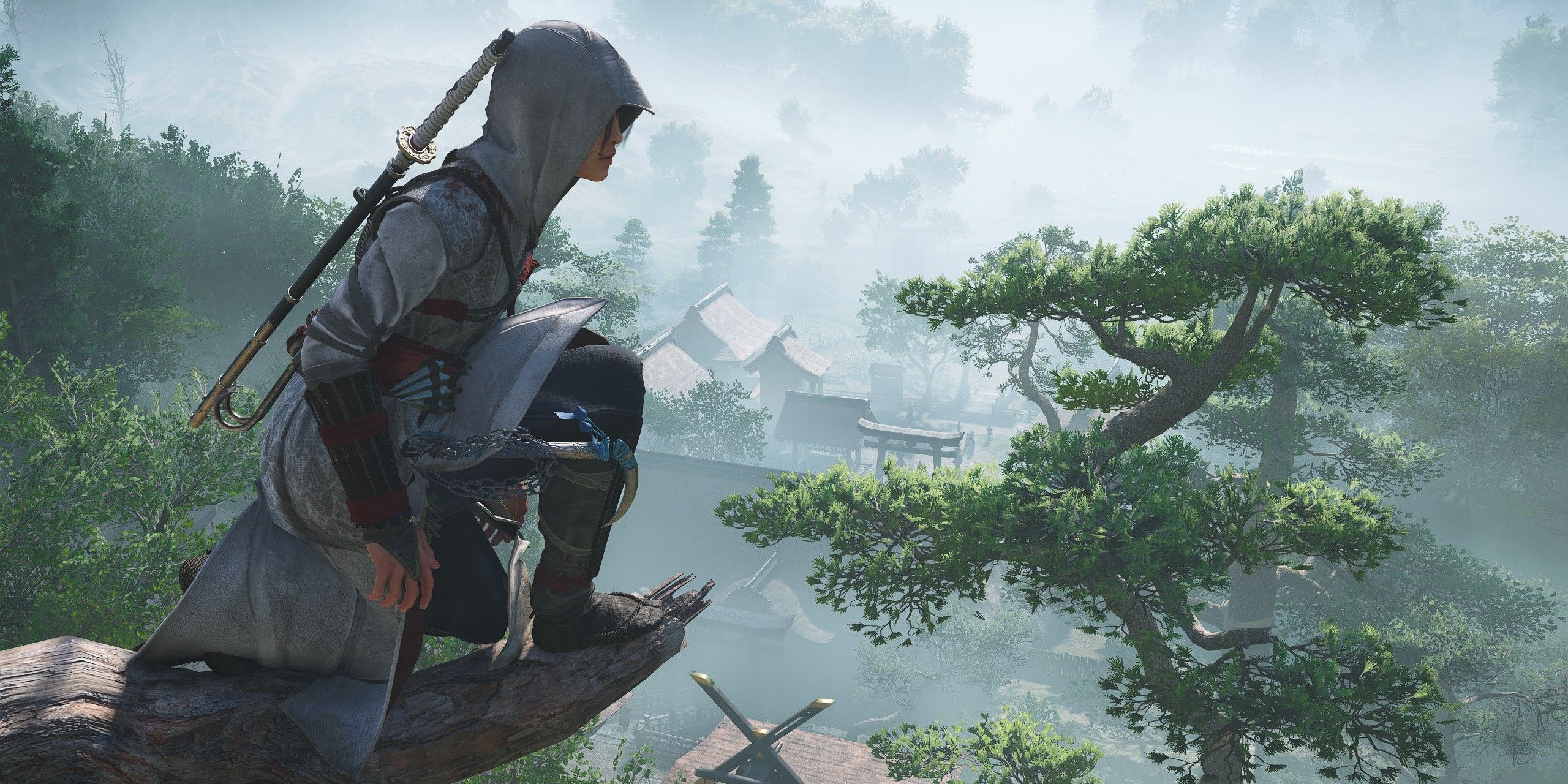

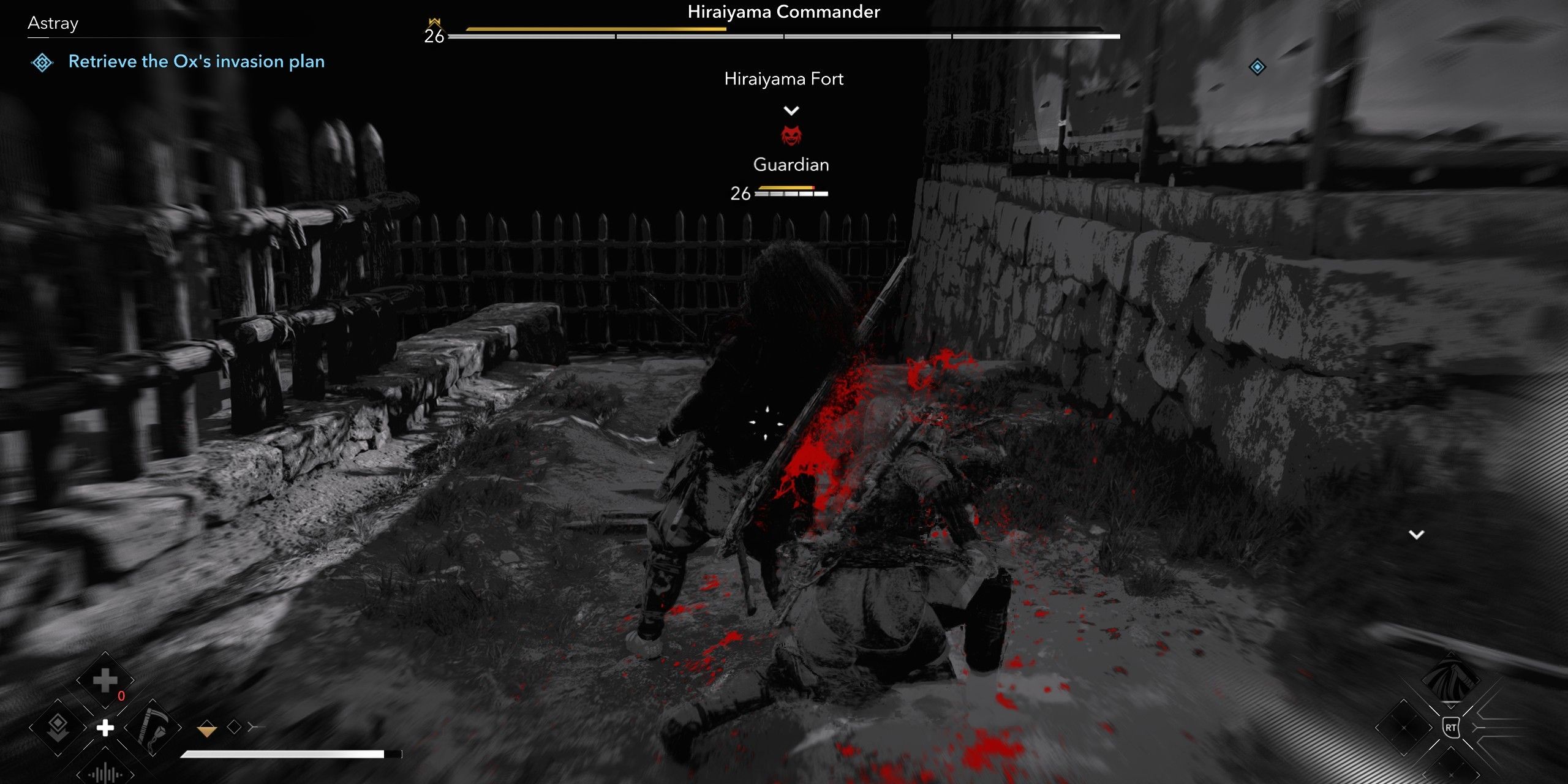





Assassin’s Creed Shadows did something bold with its narrative premise. Not only did it move into territory that the series had yet to explore, but it also ensured that players were given two playable characters to experience that world through. The game is set in the Azuchi-Momoyama period of Japan, starting in 1568. It plays to some of the traditional imagery of Samurai titles of the past, incorporating classic mechanics into the more familiar Assassin’s Creed setup.
In fact, Assassin’s Creed Mirage allowed players to revisit that throwback combat, with Assassin’s Creed Shadows clearly adopting many of those elements to ensure Naoe feels authentic to the franchise. Yasuke, on the other hand, is not a fictional figure but rather taken from real life. He is a lot more direct in his actions and has a clumsy edge. Although he has long-range weapons available, it’s his melee skills that make him a threat.
Assassin’s Creed Shadows forces players to interact with each of these characters throughout the main campaign. Players will find that around 10 to 15 hours of the game is dedicated to Yasuke, with Naoe featured for the first 10 or so hours of the game. There is a lot of control as to how much each of these characters can be accessed, and while the game opens up further, with a more free-flowing transition between the two, it will take a while to be rewarded with the ability to switch.
He is informed more by the type of combat players might expect from alternative Samurai titles. But his parkour is laughable, he’s too big for proper stealth options, and is thus limited in a way that Naoe is not. Players are sure to have their favorite between the two, but this isn’t the first time that Ubisoft has opted to go down this path.
The Title Isn’t the First To Do This
It Represents an Evolution of the Series
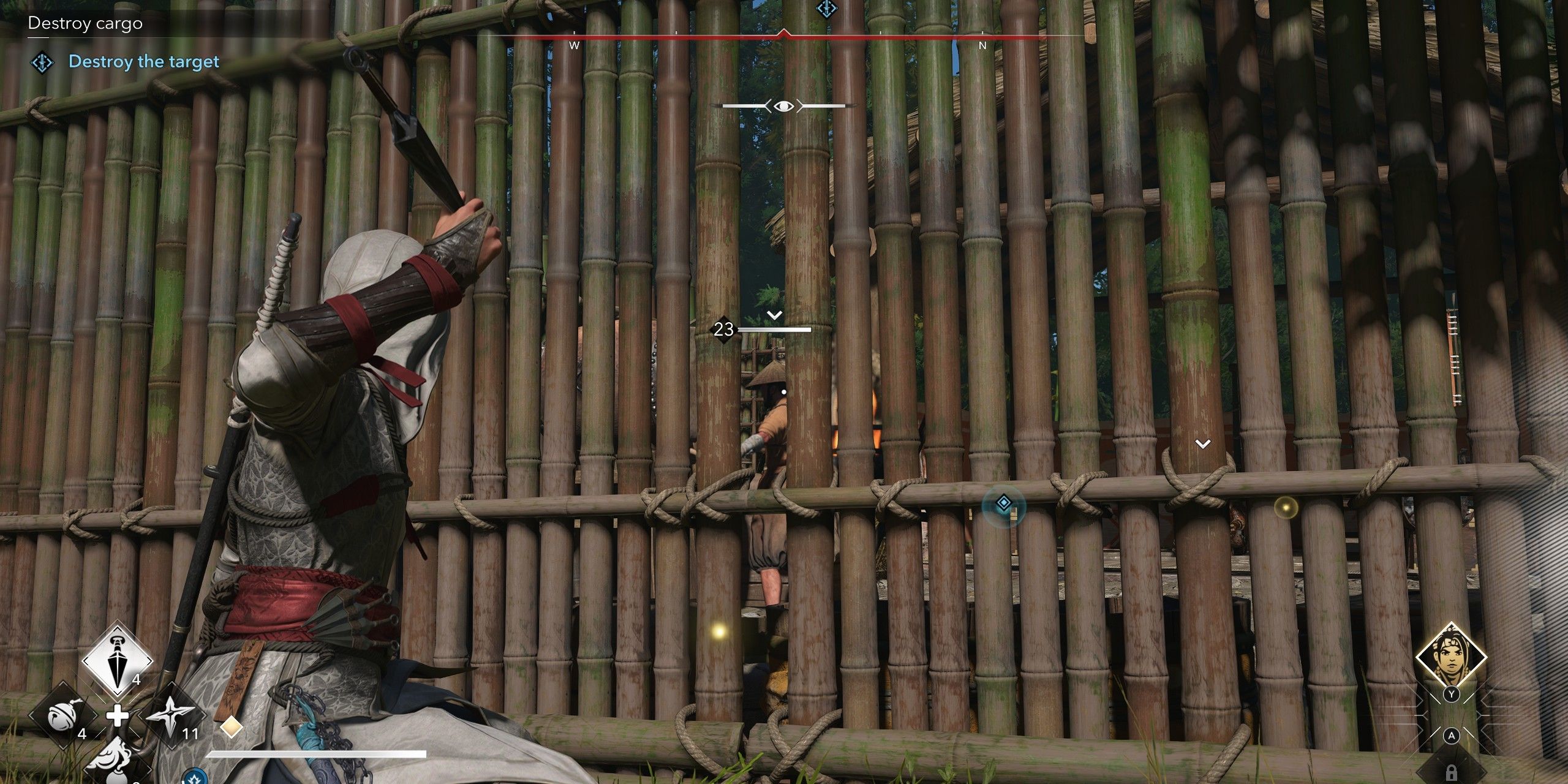
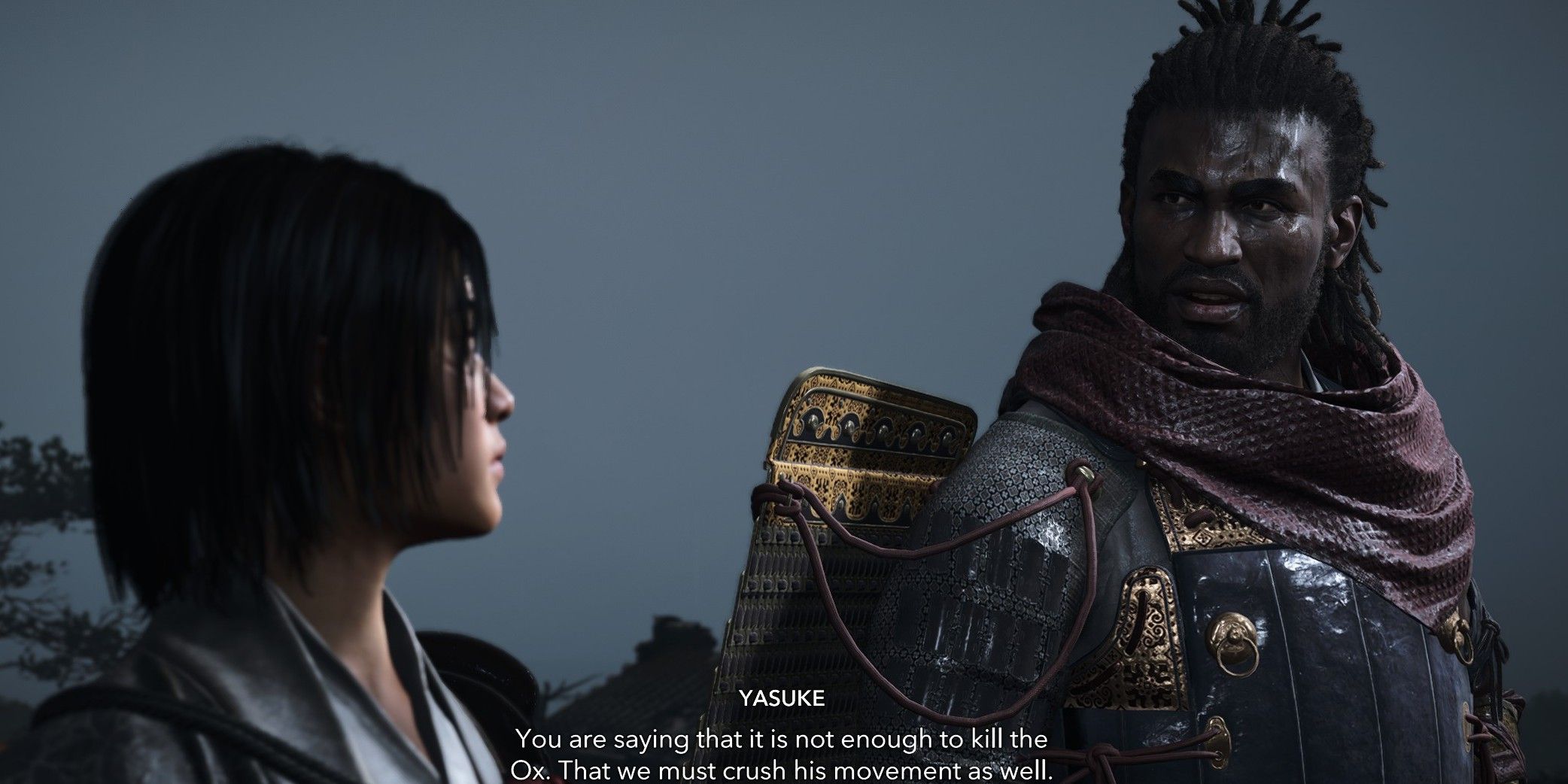

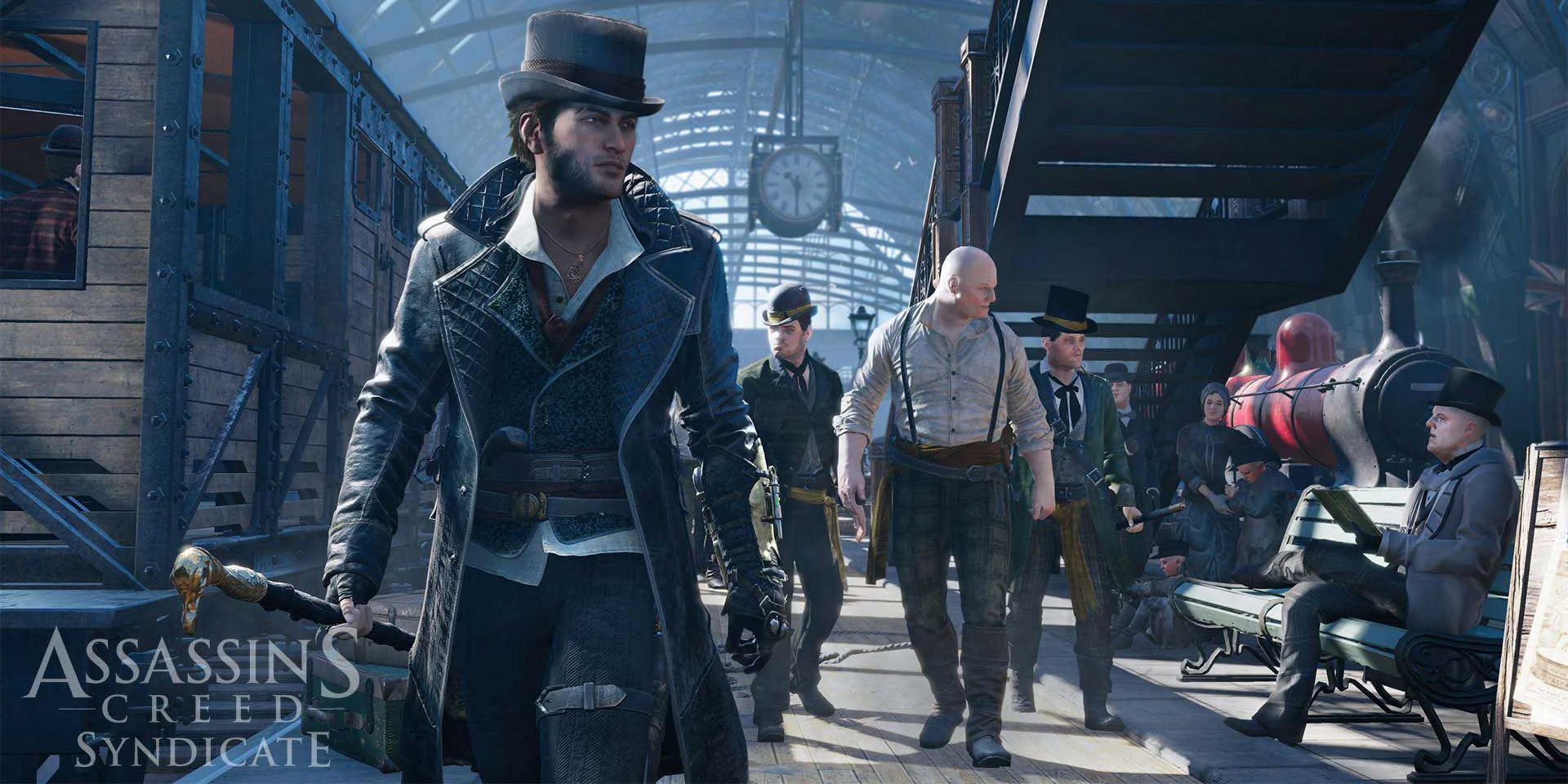




The Assassin’s Creed franchise has always allowed players to switch between leading characters. It certainly isn’t a new idea, but its execution has changed. In the early titles, players would inhabit the modern life of Desmond Miles before being thrown through his ancestral line, into the bodies of past assassins. Narratively speaking, there was a natural transition between the past and the present.
Jacob was rough-around-the-edges and a brawler type. Players found it best to move in at close quarters, to make the most of Jacob’s brutal skills. Evie, on the other hand, played towards traditional Assassin’s Creed mechanics, with an expertise in stealth and precision. She was far more calculated, providing the brains behind Jacob’s brawn.
Players enjoyed being able to get a balance of both characters, and while certain story missions required the use of a specific assassin, the game provided ample opportunity to explore both styles. This, of course, isn’t the only example from the Assassin’s Creed line either, but it’s a notable one.
Assassin’s Creed Shadows might represent a change of pace for the wider Assassin’s Creed franchise because it gives players genuine choice. Each of the protagonists has clashing skills to unlock. Each boasts very different weapons. The speed and agility of Naoe contrasts well with the strength and durability of Yasuke.
And players will have to indulge in a variety of tactics to make the most of the figures in front of them. Parrying and dodging will be the defensive bread-and-butter for Yasuke’s melee combat, while it’s the imaginative assessment of the battlefield and the tools available that should give Naoe players an edge. Being able to have true agency like this is a brilliant addition to the series, but one that still has its flaws.
The Balance Between These Characters Isn’t Quite Right
The Choice Ultimately Impacts the Pacing



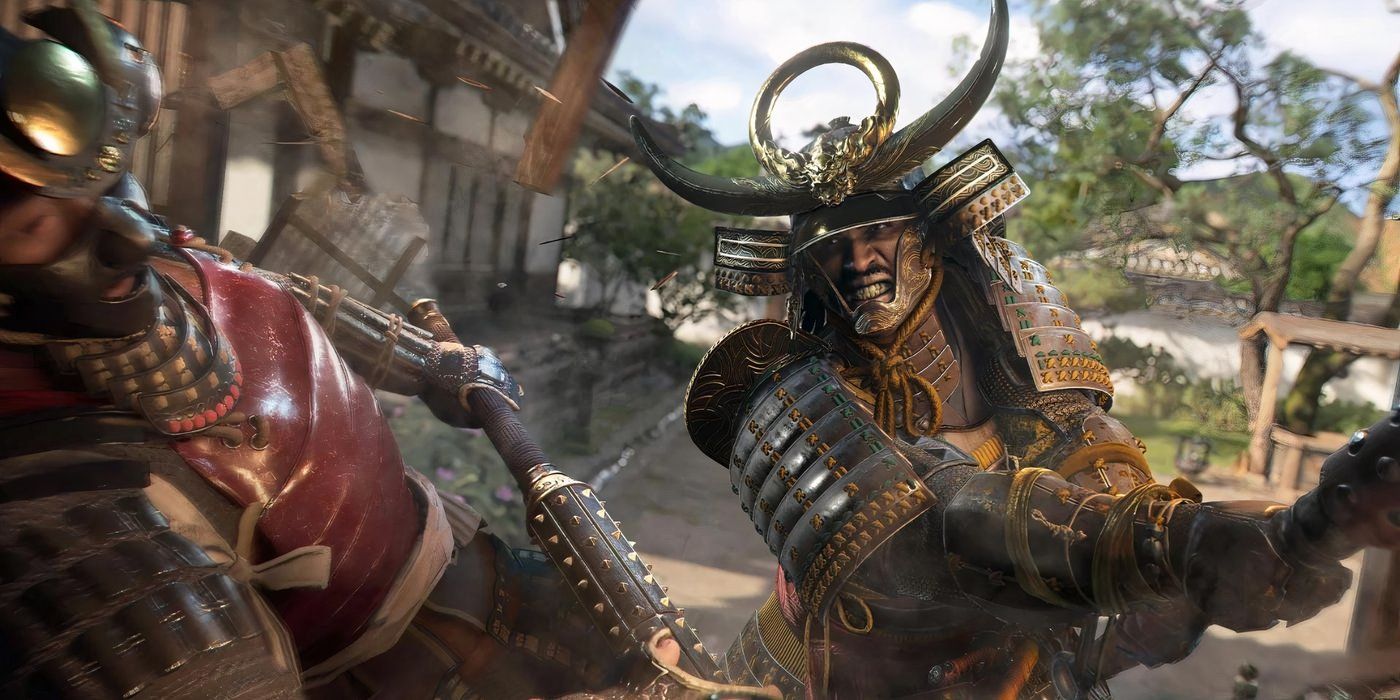




Having to wait to be able to switch between characters slows the momentum of the title in its early stages, and the need to feature both could garner criticism from fans. Some feel that the differences between the two leads are far too great to really include both of them in the same game. Many have even argued that playing as Yasuke doesn’t feel like an Assassin’s Creed game, to its detriment. If the title is moving away from its core identity, then what’s the point?
Players will find that they connect with a specific character, but then, if they are forced to control the other for a specific mission, their engagement is impacted. Going between stories, in any medium, can also break the narrative momentum, as audiences wait for answers to one character’s conflicts while having to rush through the others.
Gear doesn’t level up as the characters do, so while playing in one form, the other is slightly weakened. And Yasuke’s limitations far outweigh Naoe’s. So, from the get-go, Naoe plays in a far more accessible manner because she can travel across the open-world map with a lot more ease and does not have a ceiling placed on her due to her size.





